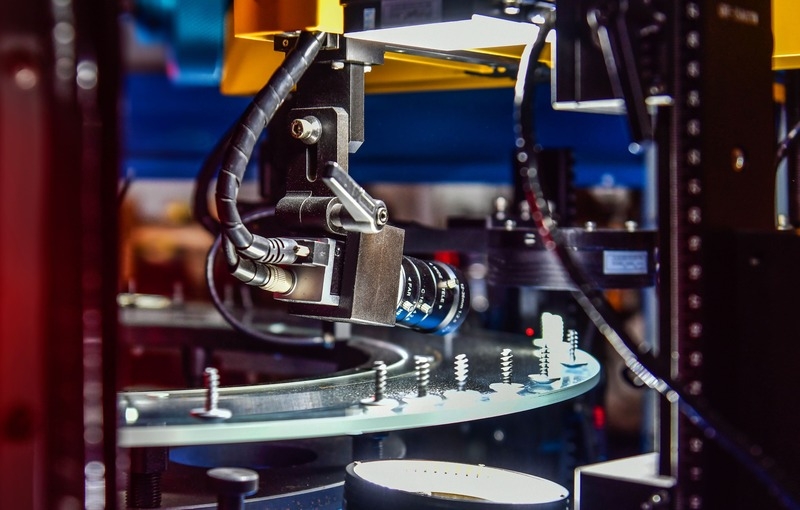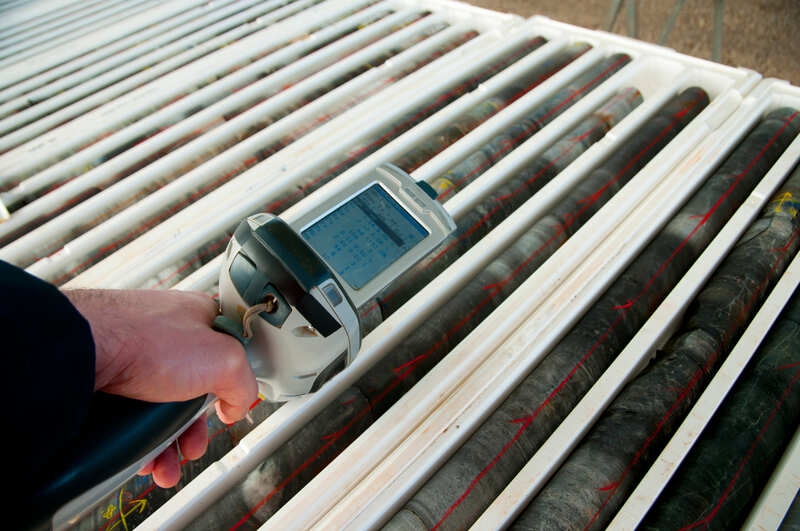Enhancing automotive safety with real-time composition analysis: Quality Magazine view

It is crucial that the compositions of metals and alloys used in automotive fasteners are verified through stringent quality assurance
Information source: Quality Magazine.
Fasteners – such as nuts, bolts, screws and rivets – are essential structural components of vehicles, and their failure can have severe repercussions for driver safety. Many of these metallic items are also unavoidably exposed to harsh operating conditions, meaning they are liable to corrode over time. The exact composition of alloys used in these fasteners affects their inherent resistance to factors like heat, friction, chemicals or moisture, highlighting the importance of composition analysis to ensure that they meet design specifications. Unfortunately, conventional laboratory analysis methods used in quality assurance processes are destructive and time consuming, leading to slow turnaround times and processing delays. In contrast, handheld X-ray fluorescence can provide high quality results in real time and on site.
THE IMPORTANCE OF QUALITY ASSURANCE
Automotive fasteners are made up of alloys of various metals – including steel, stainless steel, aluminum and, less frequently, copper or titanium – and are designed to operate under harsh conditions while withstanding significant mechanical stresses. It is therefore crucial that manufacturers verify the exact composition of the raw materials they use in component and vehicle construction through strict quality assurance schemes, ensuring that the final products meet the necessary safety specifications for these high stress applications.
Metal coatings made of zinc or chromium can also be applied to fasteners and other vehicle components to enhance the base material’s resistance to corrosion, wear and heat. Under-application of these coatings (under-coating) can result in poor corrosion resistance, leading to product failures and safety concerns. However, this risk must be balanced with the unnecessary cost of over-application of coatings in order for manufacturers to deliver high quality fasteners while remaining financially competitive. This highlights the need to continually monitor the thickness of fastener coatings throughout the manufacturing process using highly sensitive analytical technologies.
Quality assurance is not only important at the site of fastener manufacture; it is also crucial for vehicle factories incorporating fasteners into their end products. Relying on mill certificates as proof of composition analysis or coating thickness may not be enough to ensure that incoming fasteners meet safety requirements for the automotive industry. Many vehicle manufacturers therefore test their fastener shipments upon arrival, identifying substandard materials as soon as possible to avoid expensive recalls and reputational damage that could occur further down the line.

ON-SITE ANALYSIS FOR INFORMED DECISION-MAKING
Traditional laboratory analysis techniques for metals and alloys can be impractical for use in automotive quality assurance programs, as specimens must be removed from the main processing line and transferred to a dedicated facility for testing. These methods are also very time consuming, as it can take several hours – or even days – to receive the results back from the lab. What’s more, there are often multiple sampling points throughout the fabrication processes, making lab testing extremely disruptive to production and potentially resulting in downtime while awaiting results. These slow turnaround times, limitations on output and loss of valuable material have all spurred the development of novel, nondestructive testing technologies for on-site, at-line analysis of metal compositions and coating thicknesses during fastener manufacturing, as well as for retroactive inspection activities.
X-ray fluorescence (XRF) is one technology that is being applied to these applications, and works by irradiating a specimen using an X-ray tube, then measuring the characteristics of the X-rays emitted from the different elements contained in the material being tested. As the X-ray signals generated by each element are highly specific, XRF can be used to both analyze the composition of the metal and measure the thickness of metal coatings. This approach can even assess multiple layers of metal coating over any type of substrate, up to the so-called saturation thickness, which is typically in the range of 6 to 50 μm, depending on the type of metal and the sequence of layers.
Despite the technique’s versatility, using stationary or benchtop XRF analyzers to measure the elemental composition or coating thickness of large, unwieldy vehicle parts is impractical. In addition, specimens still need to be transferred to the location of the analyzer for testing, taking up precious space and hindering turnaround of results. Handheld XRF (HH-XRF) analyzers have been developed specifically to address these challenges, and are capable of rapidly identifying the elements present in a sample of fasteners in only a few seconds.
They offer real-time determination of alloy composition and grade by comparing the measured compositions with libraries of tabulated values complying with various international standards. High power miniaturized X-ray tubes and silicon drift detectors with graphene windows have further increased the technology’s speed of detection for light elements, and made it possible to sense even trace levels of metals.
The technology can also be used to check the consistency and standard of metal coatings on automotive components – including fasteners – before incorporating them into the finished product at a vehicle fabrication plant. Overall, these portable instruments deliver instant, actionable data for quick at-line decision making in the field, helping to raise the overall consistency and standard of products brought to market.
INVESTING IN THE FUTURE WITH HH-XRF
It is crucial that the compositions of metals and alloys used in automotive fasteners are verified through stringent quality assurance schemes, as deviation from specifications could pose significant risks to driver safety. Coatings must also be closely controlled to ensure the optimal balance between thickness and cost effectiveness. The use of HH-XRF devices has greatly streamlined quality control programs in fastener manufacture, coating application and vehicle fabrication by bringing laboratory-standard analytical capabilities directly to the production or assembly line.

These analyzers generate real-time, highly accurate data that ultimately enables users to make fast, informed decisions and ensure international quality and safety specifications are met. Optimization of quality assurance processes using this technology also leads to higher factory throughput and fewer batch rejections, providing a fast return on investment. Furthermore, HH-XRF analyzers are easy to use and maintain by personnel without in-depth training or knowledge of chemistry, making the technology available to a wide range of operators and resulting in a low total cost of ownership. These innovative portable devices have already demonstrated their worth in the automotive sector, and show great potential for enhancing safety in the industry over the years ahead.
